Science Source
The Shifting Scales of Western U.S. Landfalling Atmospheric Rivers Under Climate Change
Study key findings & significance
- Anthropogenic climate change has and continues to alter these storms, which has a cascade of societally relevant impacts.
- Modeling suggests that climate change will result in higher precipitation totals due to a significant increase in AR (+260%) rather than non-AR (+7%) precipitation, largely through increases in the most intense category of AR events and a decrease in the interval between landfalling ARs.
- End-century ARs primarily shift from being “mostly or primarily beneficial” to “mostly or primarily hazardous” with a c
Related Content
Science Source
| Geophysical Research Letters
Assessing the climate-scale variability of atmospheric rivers affecting western North America
Alexander Gershunov, Tamara Shulgina, F. Martin Ralph et al
Headline
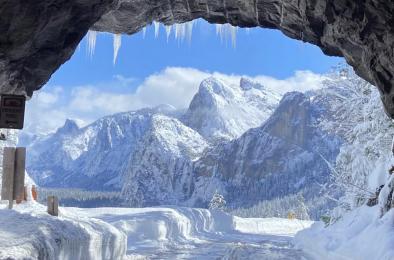
Apr 13, 2023 | Climate Nexus Hot News
Compound Impacts Compound California Threats
Headline
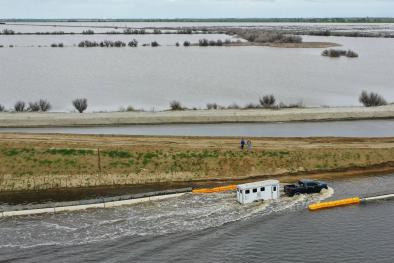
Apr 4, 2023 | Climate Nexus Hot News
California's Lake Tulare Refills, Flooding And Disaster Ensue
Headline

Apr 4, 2023 | Climate Nexus Hot News
California Sets Snowpack Record, West Eyes Flooding Risks
Event
California Atmospheric Rivers January 2023
From late December 2022 through mid-January 2023, California was hit by repeated storms fueled by torrents of moisture called atmospheric rivers. Climate change likely made the storms more intense with lower pressure and higher precipitation. The storms brought a wide variety of hazardous weather to the Bay Area and California's Central and Northern Coasts, leading to flooding, storm surge, and strong winds. Climate change is fundamentally “loading the dice,” increasing the chance for intense storms like these to form, ultimately leading to a growing risk of property damage and loss of life.
Science Source
Observed increases in North Atlantic tropical cyclone peak intensification rates
Study key findings & significance
- With warmer oceans serving as fuel, Atlantic hurricanes are now more than twice as likely as before to rapidly intensify from minor to major hurricanes.
- The study looked at 830 Atlantic tropical cyclones since 1971. It found that in the last 20 years, 8.1% of the time storms powered from a Category 1 minor storm to a major hurricane in just 24 hours.
Related Content
Headline
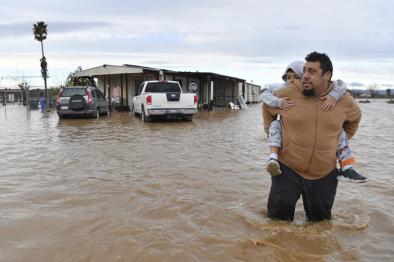
Sep 12, 2023 | Climate Nexus Hot News
Record 23 Billion-Dollar Disasters in 2023, With Four Months To Go
Headline
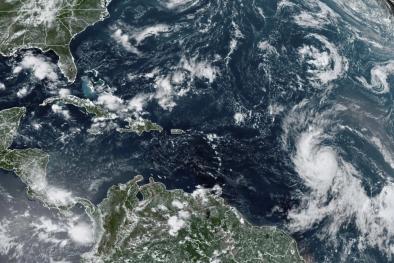
Sep 8, 2023 | Climate Nexus Hot News
Hurricane Lee Strengthens To Cat 5 Monster In 18 Hours
Headline
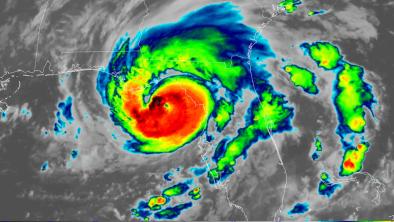
Aug 30, 2023 | Climate Nexus Hot News
Idalia Hits Florida With Dangerous Storm Surge
Headline
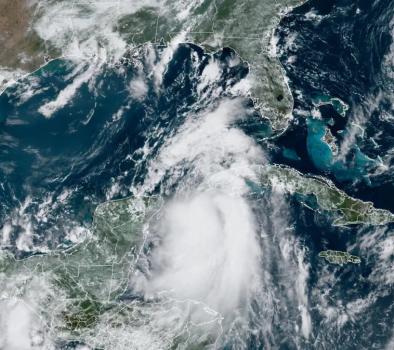
Aug 29, 2023 | Climate Nexus Hot News
Idalia Bears Down On Florida Gulf Coast


